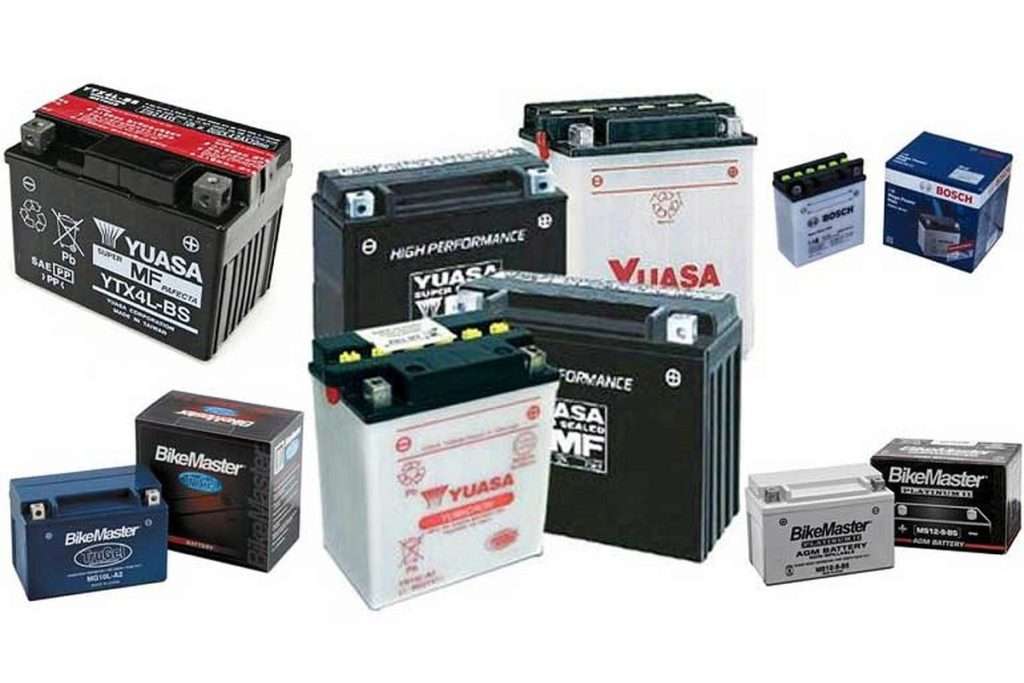The one thing to recollect about battery selection is that there is no such thing as an ideal battery that works for each application.
Choosing the right battery for your application is tied in with distinguishing the main battery metrics and trading these off against others.
For example, on the off chance that your application needs a great deal of power, internal cell resistance should be limited; this is much of the time done by expanding electrode surface area.
Be that as it may, this additionally increments inactive components like current collectors and conductive guide, so energy density is compromised to acquire power.
Significant Considerations in Battery Selection
While figuring out which battery to utilize, ensure you think about these four factors.
Primary versus Secondary Batteries
Perhaps the earliest decision in battery selection is to conclude whether the application requires primary (single use) or secondary (rechargeable) batteries. Generally, this is a simple choice for the architect.
Applications with occasional intermittent use, (for example, a smoke caution, toy, or spotlight) and disposable applications in which recharging becomes impractical (like portable hearing assistants, watches, welcoming cards, and pacemakers) warrant the utilization of a primary battery.
On the off chance that the battery is utilized consistently and for a significant length of time, (for example, in a PC, cell telephone, or smartwatch) a rechargeable battery is more reasonable.
Dead Simple Trick Can Bring Any Battery Back To Life
Primary batteries have a much lower self-discharge rate and attractive features while charging is unimaginable or pragmatic before first use.
Secondary batteries will more often than not lose energy at a higher rate. This is less significant in many applications on account of recharging capabilities.
Energy versus Power Battery Considerations
The runtime of a battery is directed by the battery capacity communicated in mAh (milliampere/hour) or Ah (amp hours) and is the discharge current that a battery can give after some time.
While contrasting batteries of various chemistry, it is valuable to take a gander at the energy content. To get the energy content of a battery, duplicate the battery capacity in Ah by the voltage to get energy in watt-hours (Wh).
For example, a nickel-metal hydride battery with 1.2 V, and a lithium-particle battery with 3.2 V might have a similar capacity, however, the higher voltage of the lithium-particle would expand the energy.
The open-circuit voltage is generally utilized in energy computation for example battery voltage when not associated with a heap. Notwithstanding, capacity and energy are vigorously reliant upon the channel rate. Theoretical capacity is directed exclusively by dynamic electrode materials (chemistry) and dynamic mass.
However, viable batteries accomplish just a fraction of the theoretical numbers because of the presence of inactive materials and dynamic limits. These forestall the full utilization of dynamic materials and make the development of the electrodes.
Battery manufacturers frequently determine capacity at a given discharge rate, temperature, and cut-off voltage.
The predefined capacity will rely upon every one of the three factors. While contrasting producer capacity evaluations, ensure you see channel rates specifically. A battery that seems to have a high capacity on a spec sheet may really perform ineffectively on the off chance that the current channel for the application is higher.
For example, a battery rated at 2 Ah for a 20-hour discharge can’t convey 2 A for 60 minutes, however, will just give a fraction of the capacity.
Batteries with high power give quick discharge capacity at high channel rates —, for example, in power apparatuses or automobile starter batteries. Regularly, high-power batteries have low energy densities.
A decent relationship between power versus energy is to consider a pail with a spout. A bigger pail can hold more water and is similar to a battery with high energy. The opening or spout size from which the water leaves the pail is similar to power the higher the power, the higher the channel rate.
To increment energy, you would normally build the battery size, however, to expand the power you decline internal resistance. Cell construction has a colossal impact on getting batteries with high power density.
Battery Voltage
Battery working voltage is one more significant thought and is directed by the electrode materials utilized.
A helpful battery characterization here is to consider fluid or water-based batteries versus lithium-based sciences. Lead-corrosive, zinc-carbon, and nickel-metal hydride (NiMH) all utilize water-based electrolytes and have ostensible voltages going from 1.2 to 2 V.
Lithium-based batteries, then again, utilize natural electrolytes and have ostensible voltages of 3.2 to 4 V (both primary and secondary).
Numerous electronic components operate at any rated voltage of 3 V. The higher working voltage of lithium-based sciences empowers a solitary cell to be utilized as opposed to a few fluid-based cells in series to make up the ideal voltage.
Battery Temperature Range
Battery chemistry directs the temperature range of the application. For example, watery electrolyte-based zinc-carbon cells can’t be utilized underneath 0° C (32° F).
Basic cells likewise display a sharp decrease in capacity at these temperatures, albeit not as much as zinc-carbon. Lithium primary batteries with a natural electrolyte can be operated up to – 40° C/F yet with a huge drop in execution.
In rechargeable applications, lithium-particle batteries can be charged at a most extreme rate just inside a tight window of around 20° to 45° C (68° to 113° F). Past this temperature range, lower currents/voltages should be utilized, bringing about longer charging times.
The 3 Best Batteries For An Off-Grid Energy System
At temperatures underneath 5° or 10° C (41 to 50° F), a stream charge might be expected to forestall the feared lithium dendritic plating issue, which builds the gamble of warm out of control.
We have all known about detonating lithium-based batteries, which could occur because of cheating, low-or high-temperature charging, or shortcircuiting from toxins.
Other Battery Considerations
Notwithstanding the four principal contemplations recorded over, the fundamental factors recorded underneath become possibly the most important factor when choosing a battery for a specific application.
Shelf Life
How long a battery will sit in a storeroom or on a shelf before it is utilized might be a significant thought.
Primary batteries have a lot of a more drawn-out shelf life than secondary batteries. Notwithstanding, shelf life is by and large more significant for primary batteries since secondary batteries can be re-energized. A special case is that recharging isn’t viable.
Chemistry
Large numbers of the properties recorded above are directed by cell chemistry. We will examine regularly accessible battery sciences in the following piece of this blog series.
Actual Size and Shape
Batteries are normally accessible in various size configurations like button/coin cells, tube-shaped cells, kaleidoscopic cells, and pocket cells (the majority of them are normalized).
Cost
There are times when you might have to miss a battery with better execution qualities on the grounds that the application is exceptionally cost-delicate. This is particularly valid for high-volume disposable applications.
Transportation and Disposal Regulations
The transportation of lithium-based batteries is controlled. The disposal of specific battery sciences is additionally managed. This might be a thought for high-volume applications.
As may be obvious, there are numerous contemplations while choosing a battery. A few of these are connected with chemistry, while others are connected with battery plan and construction.


